|
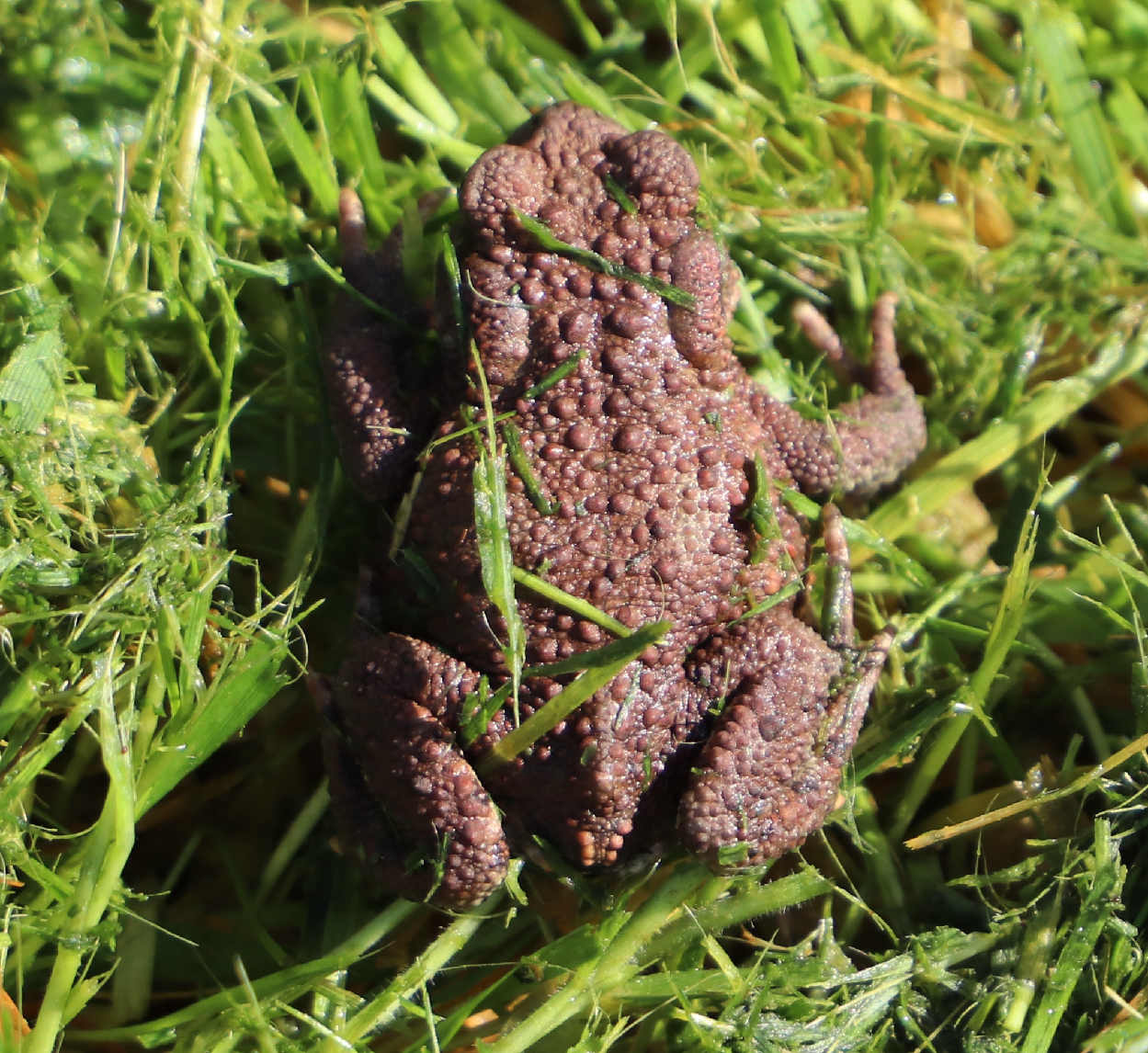
Pictures of
the toads on this page were taken at Herstmonceux in East
Sussex, England. The ponds that these magnificent creatures use
to spawn, are under threat from developers, in the rush to make
money over conservation of
species. It is hoped they might be
protected, even though they are a species not considered in
danger of extinction.
The common toad, European toad, or in Anglophone parts of Europe, simply the toad (Bufo bufo, from Latin bufo "toad"), is a toad found throughout most of Europe (with the exception of Ireland,
Iceland, parts of Scandinavia, and some Mediterranean islands), in the western part of North
Asia, and in a small portion of Northwest
Africa. It is one of a group of closely related animals that are descended from a common ancestral line of toads and which form a species complex. The toad is an inconspicuous animal as it usually lies hidden during the day. It becomes active at dusk and spends the night hunting for the invertebrates on which it feeds. It moves with a slow, ungainly walk or short jumps, and has greyish-brown skin covered with wart-like lumps.

Although toads are usually solitary animals, in the breeding season, large numbers of toads converge on certain breeding ponds, where the males compete to mate with the females. Eggs are laid in gelatinous strings in the water and later hatch out into tadpoles. After several months of growth and development, these sprout limbs and undergo metamorphosis into tiny toads. The juveniles emerge from the water and remain largely terrestrial for the rest of their lives.
Without a pond or other slow moving stream, toads and frogs
would cease to have their incubation mechanism.
The common toad seems to be in decline in part of its range, but overall is listed as being of "least concern" in the IUCN Red List of Threatened Species. It is threatened by habitat loss, especially by drainage of its breeding sites, and some toads get killed on the roads as they make their annual migrations. It has long been associated in popular culture and literature with witchcraft.
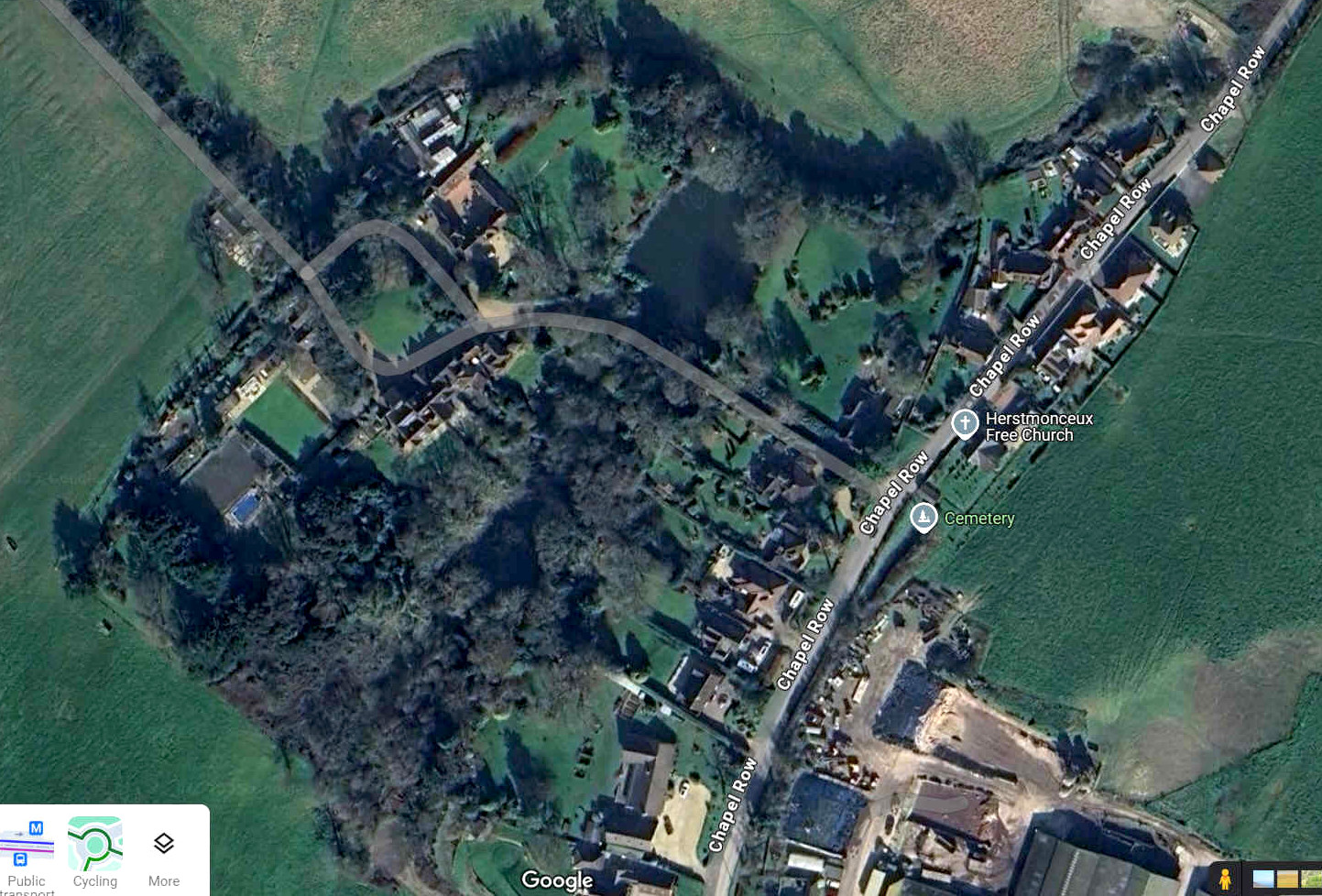
Ponds are
frequently endangered by developers of housing estates, as is
this one near Herstmonceux
in East
Sussex, England. In this case, Latimer Homes and the Clarion
Housing group are proposing drainage that is sure to dry out the
ponds and cause major upset to the wildlife in this location
that depends on the water from adjacent fields to survive. This
is a whole ecosystem, including ducks, toads, fish, herons, and
great crested newts. The houses are more over development of
executive homes for renting landlords, where in the UK there is
an acute shortage of genuinely affordable housing, so
perpetuating the rent trap that young families cannot escape in
their lifetime. The A271
is already overloaded with traffic that routinely causes
dangerous potholes in the village high street every year. And
the proposed access is so dangerous that it has been named
locally: Suicide
Junction. It is unclear if the local farmer at Lime End Farm
is agreeable to the proposal, or if the local Wealden
District Council will be exercising their compulsory
purchase powers. The initial application in 2015 came as a shock
to local residents, with over 300 people attending the village
hall to object to yet more inappropriate local development. In
addition, the location is home to the only electricity
generating station in the world, featuring battery load
levelling from C. 1896. Hence, a potential UNESCO
world
heritage site.
This network of ponds has been sustained for over 40 years by surface water runoff from the adjacent field. This established flow of water has become a prescriptive right under the Prescription Act 1832, meaning that the continued flow of water cannot be legally obstructed after such a long period of uninterrupted use.
Diverting this water source will have a devastating impact on the ponds, likely leading to their desiccation and the destruction of the established ecosystem.
Critically, the pond network is an integral part of the setting of
the unique local heritage asset: the only surviving early electricity generating station
in Europe. This building is a significant historical landmark, and its setting, including the ponds and surrounding landscape, contributes significantly to its historical and architectural significance. The rural setting and surrounding countryside are part of the charm of the technology that nestles in this estate, as a time capsule. This historical and environmental context may well be protected by other conservation law, and that is now under threat. The proposed
land drainage diversion would severely compromise this historical setting and diminish the heritage value of the site.
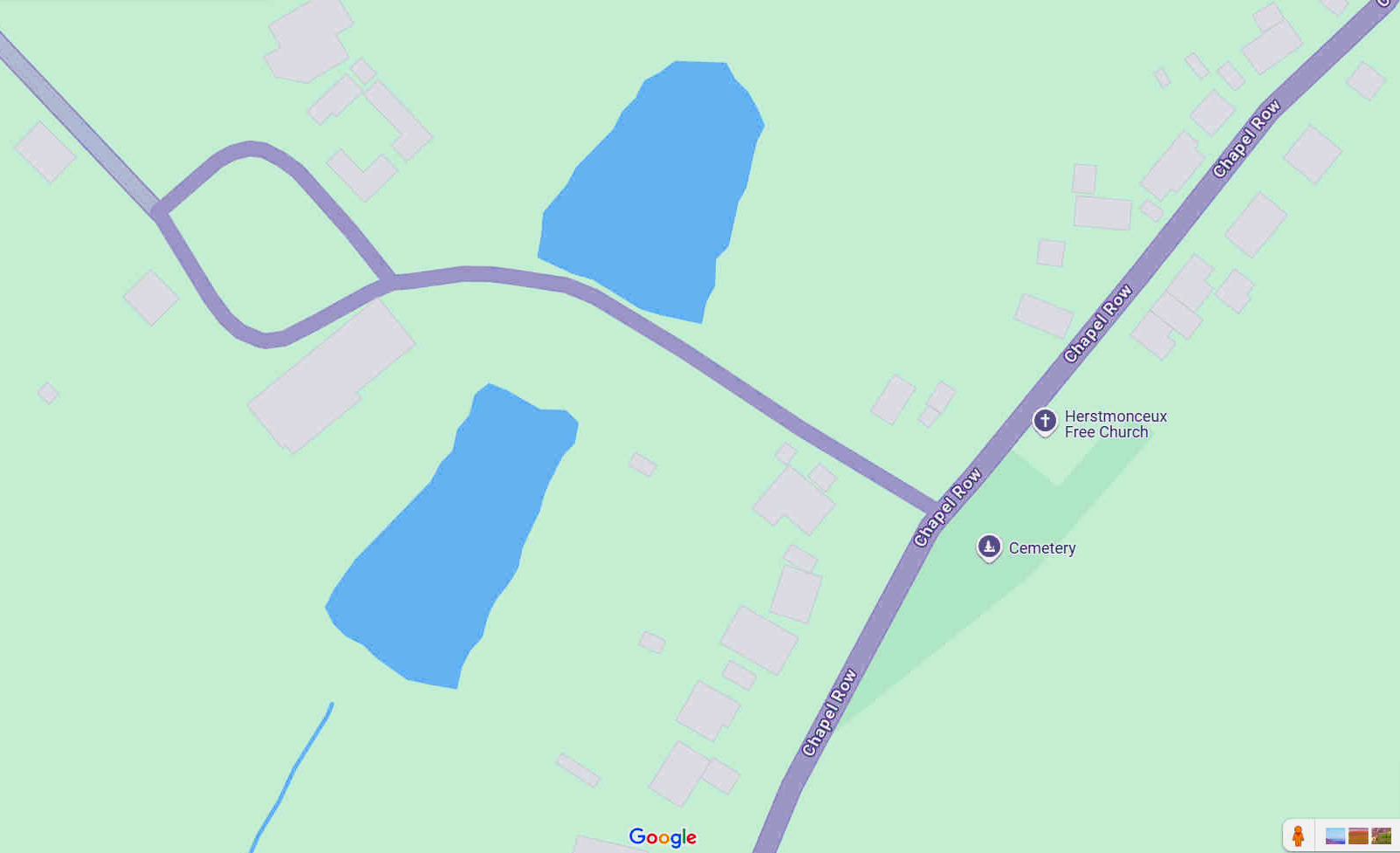
DESCRIPTION
The common toad can reach about 15 cm (6 in) in length. Females are normally stouter than males and southern specimens tend to be larger than northern ones. The head is broad with a wide mouth below the terminal snout which has two small nostrils. There are no teeth. The bulbous, protruding eyes have yellow or copper coloured irises and horizontal slit-shaped pupils. Just behind the eyes are two bulging regions, the paratoid glands, which are positioned obliquely. They contain a noxious substance, bufotoxin, which is used to deter potential predators. The head joins the body without a noticeable neck and there is no external vocal sac. The body is broad and squat and positioned close to the ground. The fore limbs are short with the toes of the fore feet turning inwards. At breeding time, the male develops nuptial pads on the first three fingers. He uses these to grasp the female when mating. The hind legs are short relative to other frogs' legs and the hind feet have long, unwebbed toes. There is no tail. The skin is dry and covered with small wart-like lumps. The colour is a fairly uniform shade of brown, olive-brown or greyish-brown, sometimes partly blotched or banded with a darker shade. The common toad tends to be sexually dimorphic with the females being browner and the males greyer. The underside is a dirty white speckled with grey and black patches.
Other species with which the common toad could be confused include the natterjack toad (Bufo calamita) and the European green toad (Bufo viridis). The former is usually smaller and has a yellow band running down its back while the latter has a distinctive mottled pattern. The paratoid glands of both are parallel rather than slanting as in the common toad. The common frog (Rana temporaria) is also similar in appearance but it has a less rounded snout, damp smooth skin, and usually moves by leaping.
Common toads can live for many years and have survived for fifty years in captivity. In the wild, common toads are thought to live for about ten to twelve years. Their age can be determined by counting the number of annual growth rings in the bones of their phalanges.
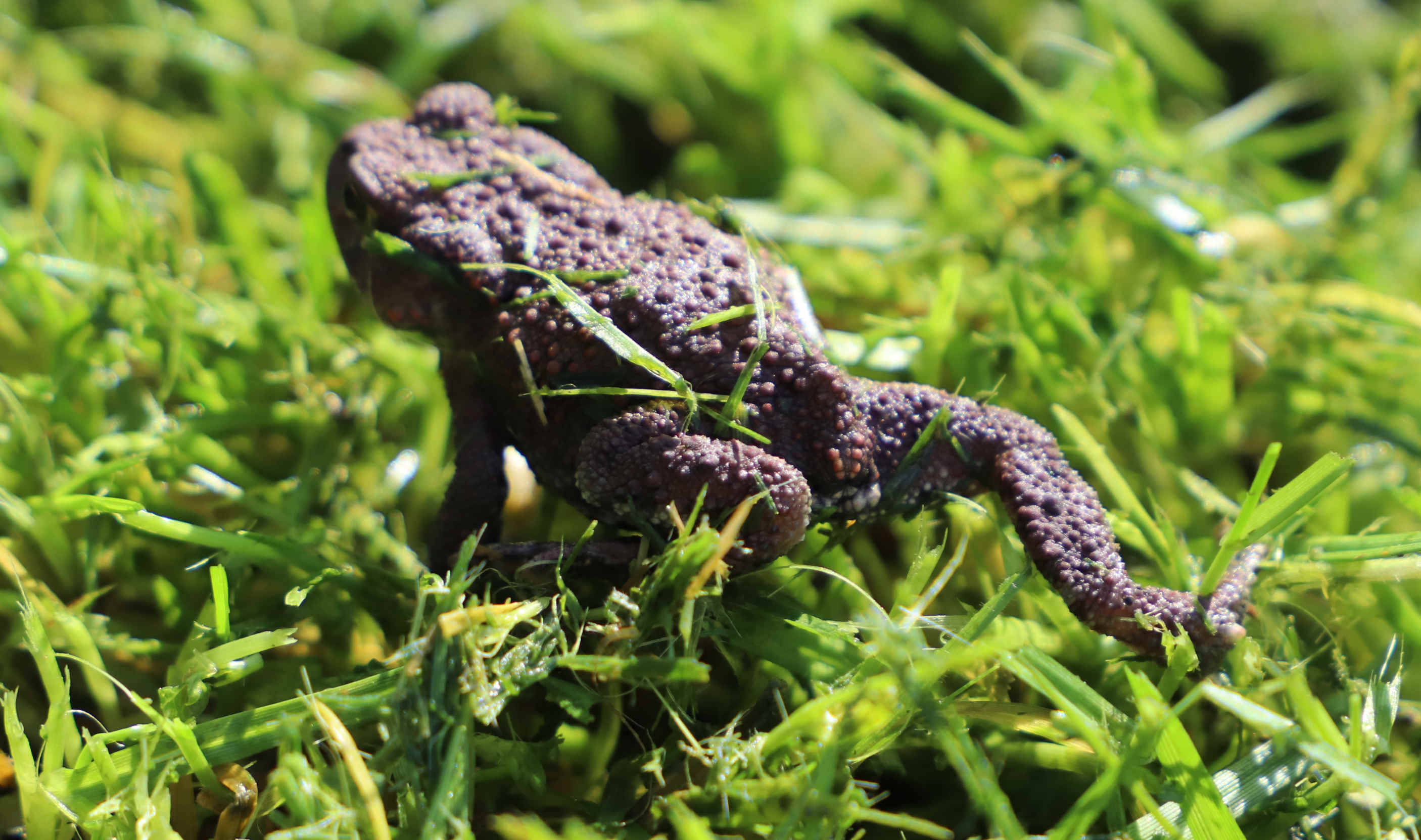
HABITAT
After the common frog (Rana temporaria), the edible frog (Pelophylax esculentus) and the smooth newt (Lissotriton vulgaris), the common toad is the fourth most common amphibian in Europe. It is found throughout the continent with the exception of Iceland, the cold northern parts of
Scandinavia, Ireland and a number of
Mediterranean islands. These include
Malta, Crete, Corsica, Sardinia and the Balearic Islands. Its easterly range extends to Irkutsk in Siberia and its southerly range includes parts of northwestern Africa in the northern mountain ranges of
Morocco, Algeria and Tunisia. A closely related variant lives in eastern Asia including
Japan. The common toad is found at altitudes of up to 2,500 metres (8,200 ft) in the southern part of its range. It is largely found in forested areas with coniferous, deciduous and mixed woodland, especially in wet locations. It also inhabits open countryside, fields, copses, parks and gardens, and often occurs in dry areas well away from standing water.
CONSERVATION
The IUCN Red List of Threatened Species considers the common toad as being of "least concern". This is because it has a wide distribution and is, over most of its range, a common species. It is not particularly threatened by habitat loss because it is adaptable and is found in deciduous and coniferous
forests, scrubland, meadows, parks and gardens. It prefers damp areas with dense foliage. The major threats it faces include loss of habitat locally, the drainage of wetlands where it breeds, agricultural activities, pollution, and mortality on roads. Chytridiomycosis, an infectious disease of amphibians, has been reported in common toads in Spain and the
United Kingdom and may affect some populations.
There are parts of its range where the common toad seems to be in decline. In
Spain, increased aridity and habitat loss have led to a diminution in numbers and it is regarded as "near threatened". A population in the Sierra de Gredos mountain range is facing predation by otters and increased competition from the frog Pelophylax perezi. Both otter and frog seem to be extending their ranges to higher altitudes. The common toad cannot be legally sold or traded in the United Kingdom but there is a slow decline in toad numbers and it has therefore been declared a Biodiversity Action Plan priority species. In Russia, it is considered to be a "Rare Species" in the Bashkortostan Republic, the Tatarstan Republic, the Yamalo-Nenets Autonomous Okrug, and the Irkutsk Oblast, but during the 1990s, it became more abundant in
Moscow Oblast.
It has been found that urban populations of common toad occupying small areas and isolated by development show a lower level of genetic diversity and reduced fitness as compared to nearby rural populations. The researchers demonstrated this by genetic analysis and by noting the greater number of physical abnormalities among urban as against rural tadpoles when raised in a controlled environment. It was considered that long term depletion in numbers and habitat fragmentation can reduce population persistence in such urban environments.
ROADKILL
Many toads are killed by traffic while migrating to their breeding grounds. In
Europe they have the highest rate of mortality from roadkill among amphibians. Many of the deaths take place on stretches of road where streams flow underneath showing that migration routes often follow water
courses. In some places in Germany,
Belgium, the Netherlands, Great Britain, Northern
Italy and Poland, special tunnels have been constructed so that toads can cross under roads in safety. In other places, local wildlife groups run "toad patrols", carrying the amphibians across roads at busy crossing points in buckets. The toads start moving at dusk and for them to travel far, the temperature needs to remain above 5 °C (41 °F). On a warm wet night they may continue moving all night but if it cools down, they may stop earlier. An estimate was made of the significance of roadkill in toad populations in the
Netherlands. The number of females killed in the spring migration on a quiet country road (ten vehicles per hour) was compared with the number of strings of eggs laid in nearby fens. A 30% mortality rate was found, with the rate for deaths among males likely to be of a similar order.
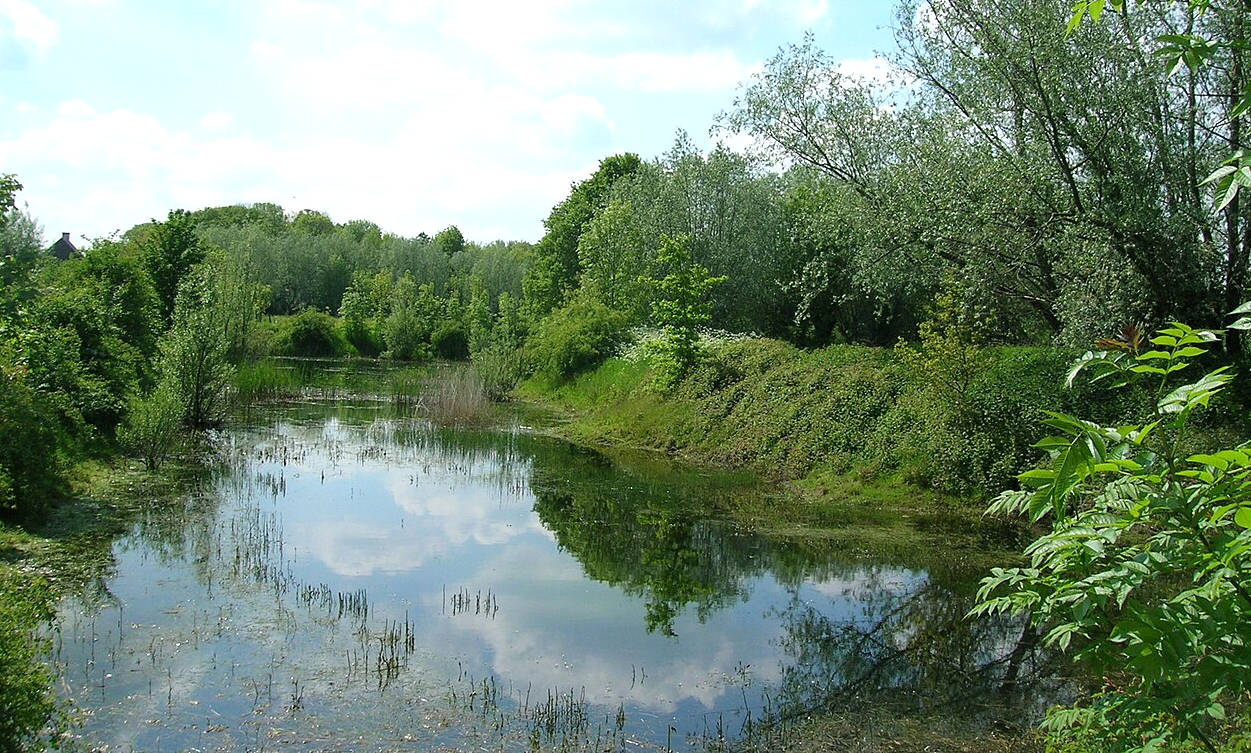
AMPHIBIAN
CONSERVATION
Dramatic declines in amphibian populations, including population crashes and mass localized extinction, have been noted since the late 1980s from locations all over the world, and amphibian declines are thus perceived to be one of the most critical threats to global biodiversity. In 2004, the International Union for Conservation of Nature (IUCN) reported stating that currently birds, mammals, and amphibians extinction rates were at minimum 48 times greater than natural extinction rates
- possibly 1,024 times higher. In 2006, there were believed to be 4,035 species of amphibians that depended on water at some stage during their life cycle. Of these, 1,356 (33.6%) were considered to be threatened and this figure is likely to be an underestimate because it excludes 1,427 species for which there was insufficient data to assess their status. A number of causes are believed to be involved, including habitat destruction and modification, over-exploitation, pollution, introduced species, global warming, endocrine-disrupting pollutants, destruction of the ozone layer (ultraviolet radiation has shown to be especially damaging to the skin, eyes, and eggs of amphibians), and diseases like chytridiomycosis. However, many of the causes of amphibian declines are still poorly understood, and are a topic of ongoing discussion.
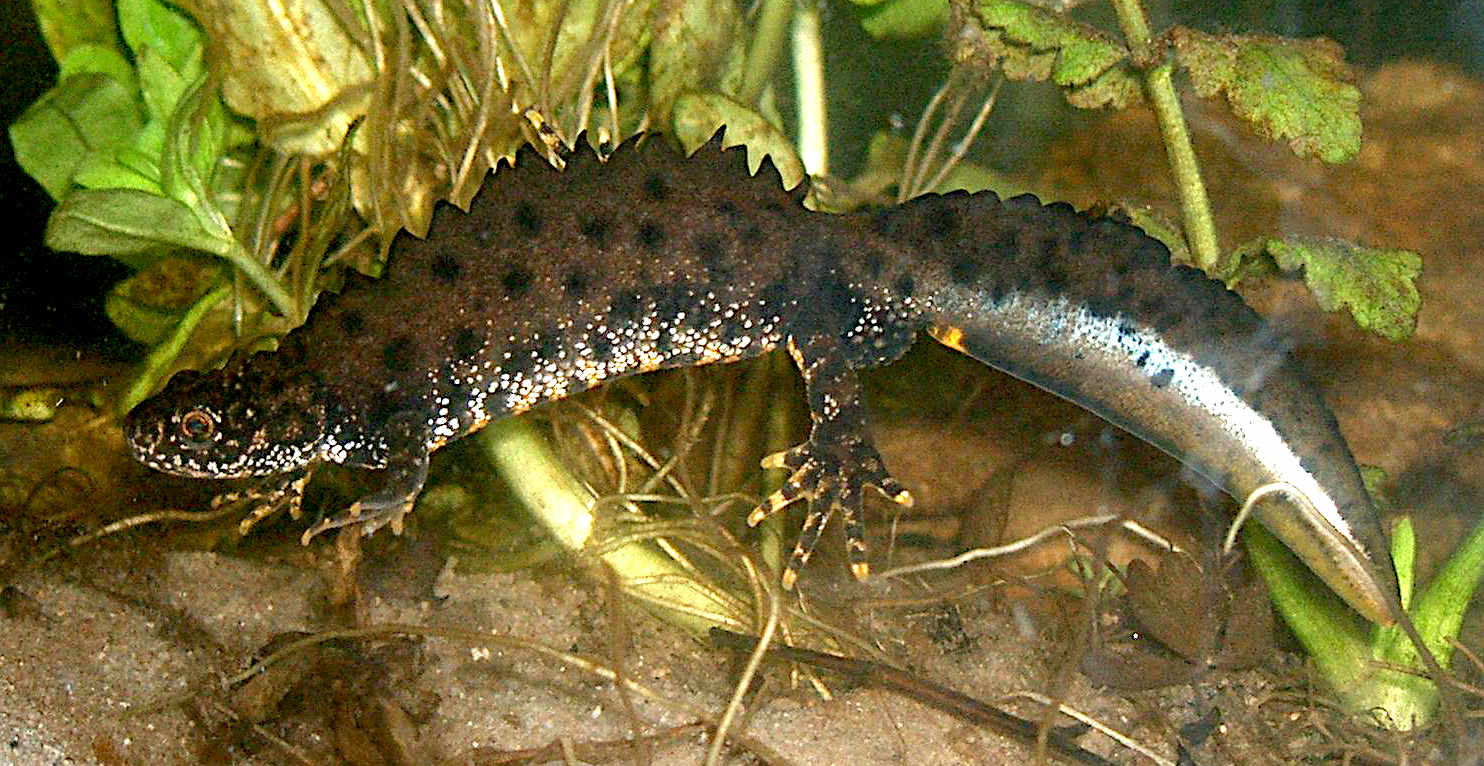
POLLUTION AND PESTICIDES
The decline in amphibian and reptile populations has led to an awareness of the effects of pesticides on reptiles and amphibians. In the past, the argument that amphibians or reptiles were more susceptible to any chemical contamination than any land aquatic vertebrate was not supported by research until recently. Amphibians and reptiles have complex life cycles, live in different climate and ecological zones, and are more vulnerable to chemical exposure. Certain pesticides, such as organophosphates, neonicotinoids, and carbamates, react via cholinesterase inhibition. Cholinesterase is an enzyme that causes the hydrolysis of acetylcholine, an excitatory neurotransmitter that is abundant in the nervous system. AChE inhibitors are either reversible or irreversible, and carbamates are safer than organophosphorus insecticides, which are more likely to cause cholinergic poisoning. Reptile exposure to an AChE inhibitory pesticide may result in disruption of neural function in reptiles. The buildup of these inhibitory effects on motor performance, such as food consumption and other activities.
PROTECTION STRATEGIES
The Amphibian Specialist Group of the IUCN is spearheading efforts to implement a comprehensive global strategy for amphibian conservation. Amphibian
Ark is an organization that was formed to implement the ex-situ conservation recommendations of this plan, and they have been working with zoos and aquaria around the world, encouraging them to create assurance colonies of threatened amphibians. One such project is the Panama Amphibian Rescue and Conservation Project that built on existing conservation efforts in
Panama to create a country-wide response to the threat of chytridiomycosis.
Another measure would be to stop exploitation of frogs for human consumption. In the Middle East, a growing appetite for eating frog legs and the consequent gathering of them for food was already linked to an increase in mosquitoes and thus has direct consequences for
human health.
Please
use the Index below to navigate the Animal Kingdom:-
|
AMPHIBIANS |
Such
as frogs (class: Amphibia), Newts,
Toads |
|
ANNELIDS |
As
in Earthworms (phyla: Annelida) |
|
ANTHROPOLOGY |
Neanderthals,
Homo Erectus (Extinct) |
|
ARACHNIDS |
Spiders
(class: Arachnida) |
|
BIRDS
|
Such
as Eagles, Albatross
(class: Aves) |
|
CETACEANS
|
such
as Whales
& Dolphins
( order:Cetacea) |
|
CRUSTACEANS |
such
as crabs (subphyla: Crustacea) |
|
DINOSAURS
|
Tyranosaurus
Rex,
Brontosaurus (Extinct) |
|
ECHINODERMS |
As
in Starfish (phyla: Echinodermata) |
|
FISH
|
Sharks,
Tuna (group: Pisces) |
|
HUMANS
-
MAN |
Homo
Sapiens THE
BRAIN |
|
INSECTS |
Ants,
(subphyla: Uniramia class:
Insecta) |
|
LIFE
ON EARTH
|
Which
includes PLANTS
non- animal life |
|
MAMMALS
|
Warm
blooded animals (class: Mammalia) |
|
MARSUPIALS |
Such
as Kangaroos
(order: Marsupialia) |
|
MOLLUSKS |
Such
as octopus (phyla: Mollusca) |
|
PLANTS |
Trees
- |
|
PRIMATES |
Gorillas,
Chimpanzees
(order: Primates) |
|
REPTILES |
As
in Crocodiles,
Snakes (class: Reptilia) |
|
RODENTS |
such
as Rats, Mice (order: Rodentia) |
|
SIMPLE
LIFE FORMS
|
As
in Amoeba, plankton (phyla: protozoa) |
|
|
It's
sad to think that one day, the planet Earth may be gone.
This is despite our best efforts to save her. The good news is
that provided we all work together, we can preserve the status
quo on our beautiful blue
planet, for centuries to come.
Provided that is we heed the warnings nature is sending us, such
as global warming and other pollutions.
|


